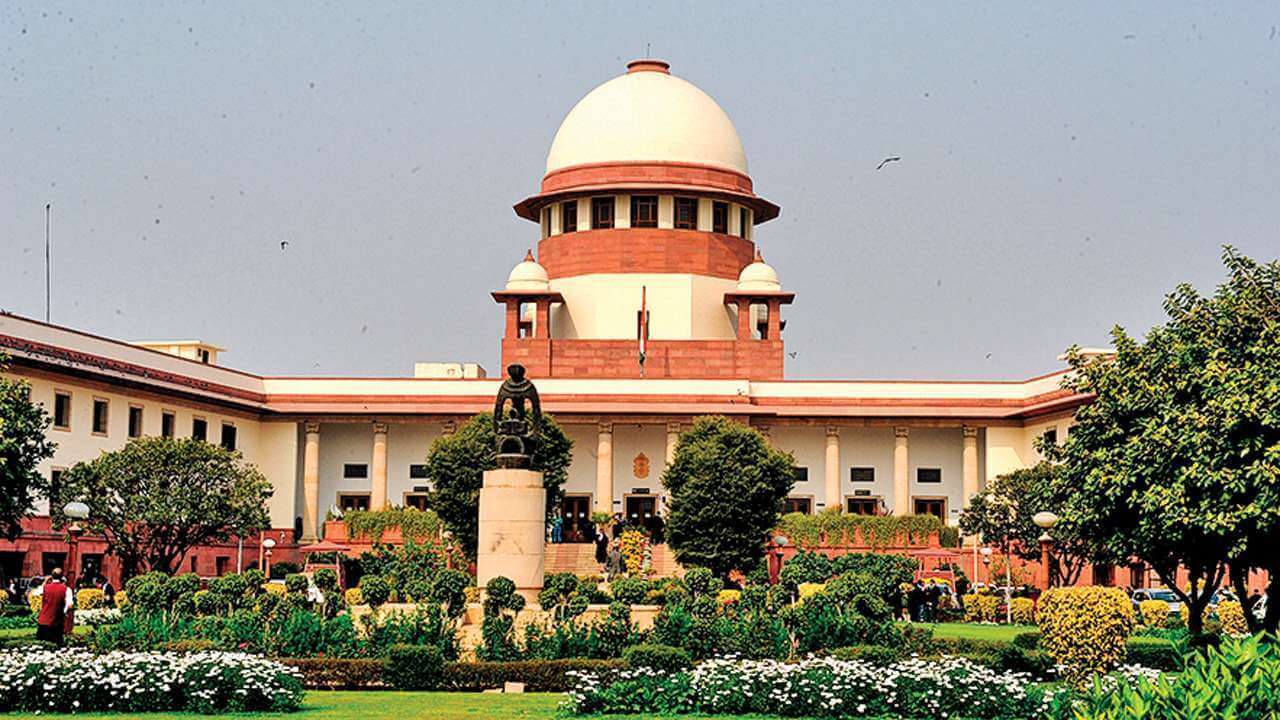


The Supreme Court in the case Residents Welfare Association & Anr. v. The Union Territory of Chandigarh & Ors observed while issuing directions to preserve the heritage of ‘Corbusier’ Chandigarh, The top Court has strongly urged the legislature and executive wings of the centre and the states to consider the harmful effects of ‘haphazard’ urban planning and for taking a mitigative measures to ensure that the environment is not sacrificed at the altar of development. The court stated that this court appeal to the Legislature, the Executive and the Policy Makers at the Centre as well as at the State levels to make necessary provisions for carrying out Environmental Impact Assessment studies before permitting urban development, the court while added while citing the example of Bengaluru, which was once considered to be among India’s best cities, but was now struggling, on account of such unsystematic and thoughtless city planning, for dealing with the problems of heavy floods and waterlogging, shortage of potable water, nightmarish traffic jams, the disposal of poor garbage, and rapidly shrinking of water bodies. While taking of the judicial notice which is being the cover story published in the weekly, “India Today”, dated 24.10.2022, being titled as “Bengaluru – How to Ruin India’s Best City” by Ajay Sukumaran with Raj Chengappa and it has been stated: Therefore, the warning which is being flagged by the city of Bengaluru needs to be given due attention by the legislature, executive and the policy makers. It being the high time that before permitting urban development, EIA of such development needs to be done Justice Gavai wrote stated that before the court apart the said judgement, it observed that it being the high time that the legislature, executive, and the policymakers at the centre and state levels take note of the damages to the environment on account of haphazard development and for taking a call to take all the necessary measures to ensure that the development does not damage the environment. The division bench comprising of Justice B.R. Gavai and Justice BV Nagarathna was hearing a petition by a residents’ welfare association against the rampant practice prevalent in Chandigarh city of converting single residential units into apartments, which has been claimed by the petitioner, , irrevocably altered the character of the first planned city of India, and overburdened the existing infrastructure and facilities. Justice Gavai stated that a proper balance is being needed between sustainable development and environmental protection also needed to be struck. Further, it has been urged by the bench that the appropriate governmental organs to promulgate necessary provisions for carrying out Environmental Impact Assessments before permitting urban development. The matter was being travelled to the Supreme Court in an appeal against a 2021 verdict of the Punjab and Haryana High Court upholding the share-wise or floor-wise sale of houses in the northern sectors of Chandigarh which were being designed by famous Swiss-French architect, Le Corbusier, and had received a site of World Heritage tag from the United Nations Educational, Scientific and Cultural Organisation (UNESCO). It has been claimed by appellant-association that the union territory administration turned a blind eye to residential units surreptitiously being converted into apartments, even after the controversial Chandigarh Apartment Rules, 2001 regularising this practice, was withdrawn in the face of a massive public furore. The court apart from expressing its concern about the danger posed by such development to the city’s heritage status, it has also been highlighted by the petitioner that the increase in the encroachment of green areas and the adverse impact of the thoughtless expansion and re-densification of Phase I of the city. The counsels, Senior Advocates P.S. Patwalia and Ranjit Kumar appeared on behalf of the appellant-association, while Additional Solicitor-General, K.M. Nataraj and Senior Advocates Kapil Sibal, Ajay Tiwari, and Gaurav Chopra represented the respondents. Therefore, the city of Chandigarh was the first planned city in India after Independence and has received international acclaim for its architecture and urban design. Thus, the master plan of the city was developed by the famous Le Corbusier. The United Nations Educational, Scientific and Cultural Organisation (UNESCO) in 2016 conferred the much sought-after heritage status on the Capitol Complex designed by Corbusier to demonstrate the global reach of the works of the SwissFrench architect.